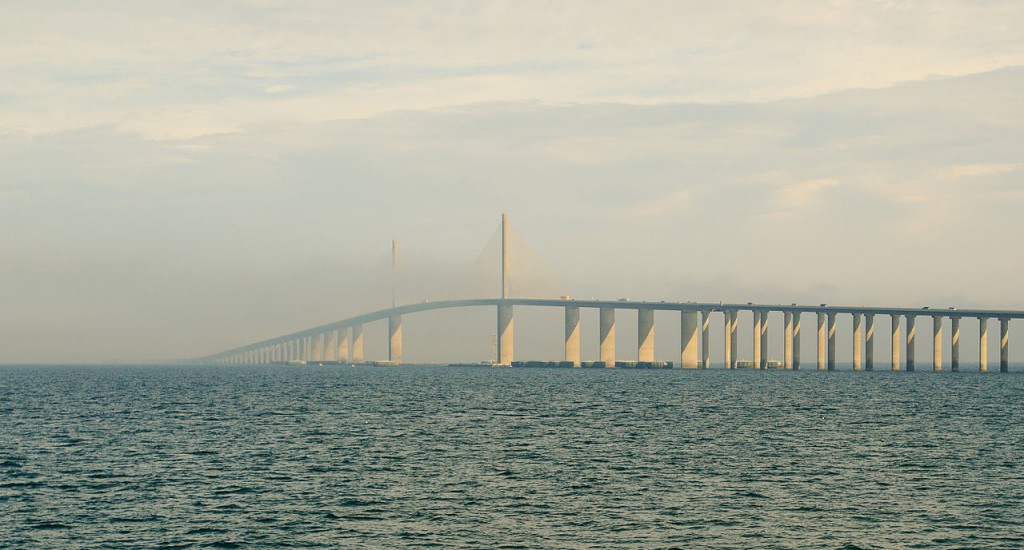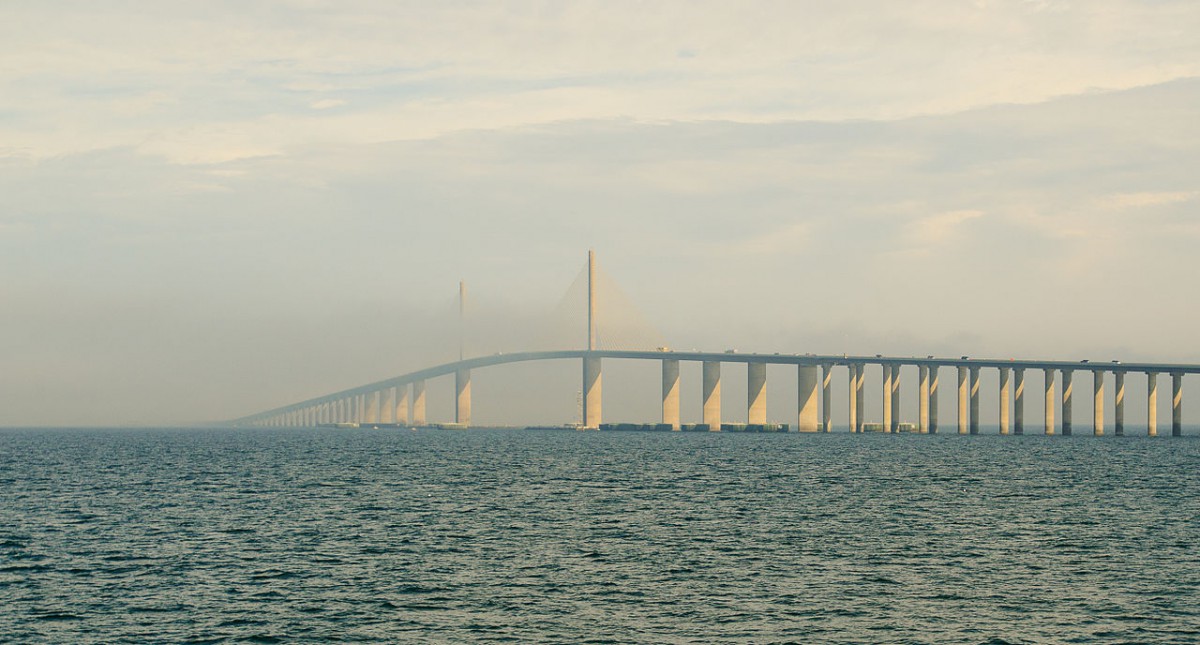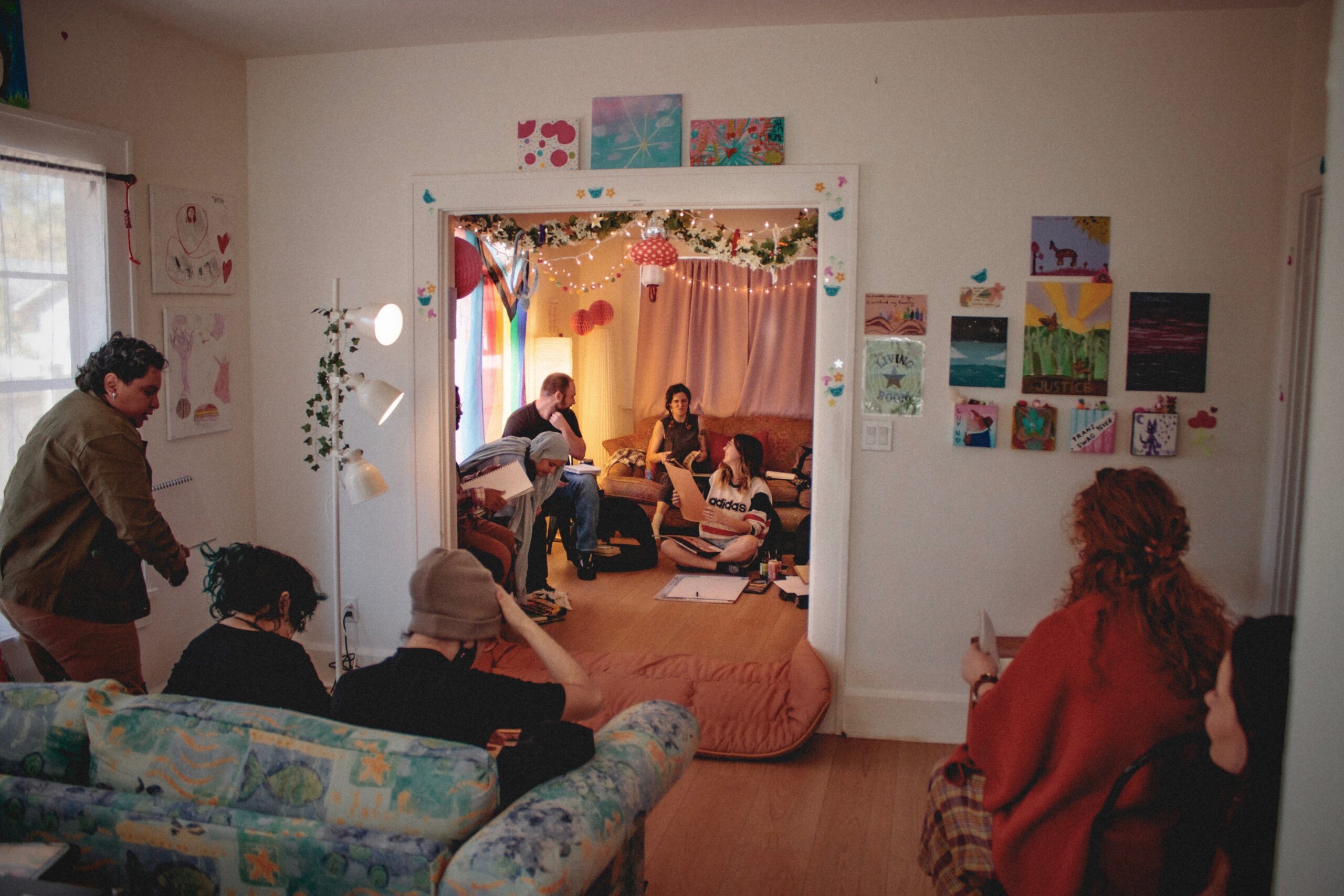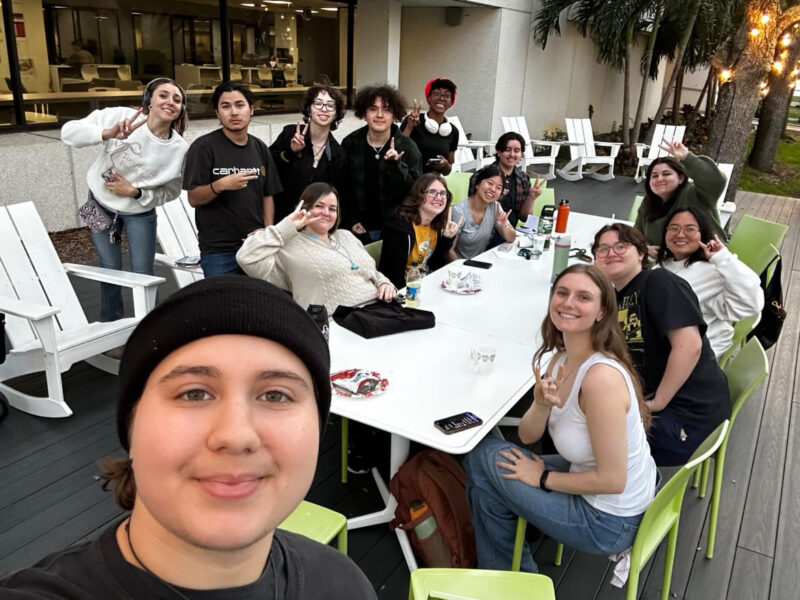
Many students when commuting to USF St. Petersburg cross over one of the Bay area’s most recognizable landmarks – the Sunshine Skyway bridge. Sept. 6 marked a milestone anniversary in the bridge’s history, one that has gone relatively unnoticed since the late 1980s.
The original span of the Sunshine Skyway Bridge first opened to the public 60 years ago, at 10 a.m. on Sept. 6, 1954. Fare to cross the bridge was $1.75 – just under $15 in 2013 prices. However, part of the excitement on opening day in 1954 allowed motorists to cross the span for free. Additionally, “Miss Sunshine Skyway” was crowned and high school bands from both sides of the bridge played.
The original Skyway was a big deal for the Tampa Bay area and the state when it first opened. Citizens of Manatee county – which included the cities of Bradenton and Sarasota – felt an economic and social disconnect from the rest of the Tampa Bay area. If residents wanted to drive to Pinellas County or St. Petersburg, they had to drive more than 50 miles north to Tampa and across the Gandy bridge.
A shorter, albeit more expensive method was also available. For $3 round trip (in 1926 dollars, around $40 today), they could have taken the Bee Line Ferry, which had operated between Pinellas Point and Piney Point since 1926. The 22 mile trip took between 45 minutes and an hour, but could only carry a small number of vehicles at any time. It was quicker than driving around the bay, but it was not advantageous for the commuter or leisure seeker.
In the mid 1920s, during Florida’s economic boom, talk of a bridge across the mouth of Tampa Bay began to appear in civic and social clubs. It was not until 1950 that the plans came to fruition.
Construction on the original span of the Skyway began in 1950 and took four years to complete. Over $22 million were spent on the bridge, most of it taxpayer money. The bridge consisted of a single lane in each direction, reaching more than 150 feet above the bay. The name “Sunshine Skyway” was the result of a nationwide competition held by the State Road Department to name the bridge. The winner, Iowan-born Virginia Seymour, conceived Sunshine Skyway “out of the blue” while on a cloudy day. Her entry was popular amongst contest and state officials.
The bridge was officially dedicated at the Coliseum on Sept. 3, 1954, with speeches by General James A. Van Fleet, Governor Charley Johns and U.S. Senator Spessard L. Holland.
The original bridge was praised as one of the longest over-water spans in the Western hemisphere. A second structurally identical span was built to the southwest in 1971 in order to bring the bridge to interstate standards. This meant that two lanes could each be devoted to north-south traffic, as opposed to a single lane each way. This was done both to increase traffic flow as well as to connect Interstate 275 which, in the early 1970s, was in the planning stages to reach across Pinellas county. (The interstate would run from the Howard Frankland bridge to the Skyway in 1978.)
The 60th anniversary of the bridge opening was not marked often in the late 20th and early 21st century for one major reason – the original bridge no longer exists.
A freighter named the Summit Venture collided with the newer southern span of the bridge on May 9, 1980. Bad weather caused rough seas, and at 7:33 a.m., the ship collided with one of the main span’s support columns. More than 1,300 feet of the steel cantilever structure at the bridge’s apex fell onto the deck of the ship and Tampa Bay. About 35 people, 26 of them in a Greyhound bus bound for Miami, were killed in the accident. The only survivor’s car landed on the deck of the ship. To this day it remains the second deadliest bridge failure in the United States.
While it was the first time the bridge was directly involved with a mishap involving a boat, it was not the first time mariners have experienced trouble near the bridge. Three months prior to the Summit Venture tragedy, on Jan. 28, 1980, the Coast Guard tender Blackthorn collided head first with the tanker Capricorn just three quarters of a mile from the bridge. About 23 sailors drowned in the mangled interior of the Coast Guard ship. A memorial to both disasters is visible on both approaches of today’s span.
Shortly after the southern span fell, a decision was made to replace the original structure with a taller and safer bridge. The improved span – the bridge we all are familiar with today – was opened on April 20, 1987 after five years of construction. Not only is the bridge taller than the original, but dolphins, called ‘buffers’, surround the two main support piers. The shipping channel under the bridge was also deepened from 34 to 43 feet. The original 1954 bridge was undamaged by the Summit Venture, and returned to single-lane two-way traffic following the incident.
Drivers across the bridge from 1987 to 1993 were treated with a rare site – three Sunshine Skyways. One complete cantilevered steel bridge, circa 1954; one partially destroyed cantilevered steel bridge, circa 1971; and one newly completed cable-stayed bridge, circa 1987. Both original spans were carefully removed in 1993 once the newer span was opened.
All that remains of the original Sunshine Skyway are two fishing piers, which were the original automobile approaches. After being dismantled, the remains of the original two bridges were sunk near the surviving approaches to create artificial reefs for the fishermen on the piers.
In 2005, the bridge was renamed the Bob Graham Sunshine Skyway after the governor who supervised the design and construction.
To this day, many people are hesitant about crossing the Skyway, even in good weather. Many locals who were around to witness the 1980 disaster find it difficult to cross the modern span today. Although the original is no longer around, the 60th anniversary of the Skyway Bridge reminds us of just how vital it was to enhancing life in Tampa Bay. The population of both counties grew significantly after 1954, due in part to the easy commute over the bridge. It became more feasible to work in Pinellas County and live in Manatee county. Industry and commerce increased too, as it was easier to transport goods across the bay.
If you’re spending a day fishing, try out one of the original span’s fishing piers. You’ll instantly be able to recognize the original roadway, and you’ll get beautiful views of the current bridge. While you’re there, check out the memorials to both the Blackthorn and Summit Venture. The current bridge is considered the flagship bridge in the state, and is often ranked among the top ten bridges of the world.



